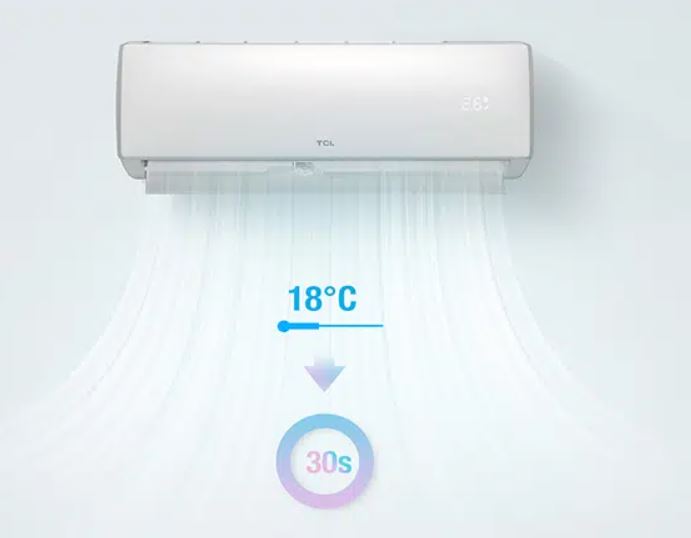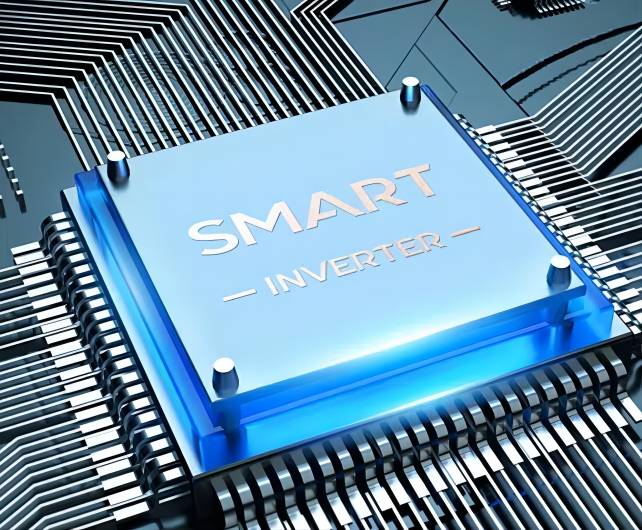Air conditioners are essential appliances, especially in regions with extreme temperatures. However, not all air conditioners are created equal when it comes to power consumption. The amount of power an air conditioner uses can vary significantly depending on several factors, including its design, size, efficiency, and usage patterns. Understanding these factors can help consumers make informed decisions and optimize energy usage in their homes.
Why Air Conditioners Differ in Power Usage
Design and Efficiency
One of the primary factors influencing power consumption in air conditioners is their design and efficiency. Modern air conditioners often feature advanced technologies such as variable-speed compressors, energy-efficient motors, and improved insulation. These innovations contribute to higher efficiency, allowing the unit to cool the space effectively while consuming less power. Conversely, older or less efficient models may require more energy to achieve the same level of cooling, resulting in higher electricity bills.

Size and Cooling Capacity
The size of an air conditioner plays a crucial role in determining its power consumption. An oversized unit for a given space may cycle on and off more frequently, leading to inefficient operation and higher energy usage. Conversely, an undersized unit may struggle to cool the space adequately, forcing it to run continuously, thereby consuming more power. It's essential to choose an air conditioner with the appropriate cooling capacity based on the size and insulation of the room to ensure optimal performance and energy efficiency.
Usage Patterns and Settings
How you use your air conditioner can significantly impact its power consumption. Setting the thermostat at lower temperatures or leaving the unit running constantly will consume more energy. Utilizing programmable thermostats or smart features can help optimize energy usage by adjusting temperatures based on occupancy and time of day. Additionally, regular maintenance, such as cleaning or replacing filters, ensures efficient airflow and reduces strain on the system, ultimately leading to lower power consumption.
Climate and Environmental Factors
The climate and environmental conditions in which the air conditioner operates also influence its power consumption. In hot and humid climates, air conditioners may need to work harder to maintain comfortable indoor temperatures, resulting in higher energy usage. Additionally, factors such as direct sunlight, shading, and insulation levels can affect the workload of the air conditioner and its overall efficiency. Proper insulation and shading can help reduce heat gain and alleviate the burden on the cooling system, leading to lower power consumption.
Technological Advancements
Advances in air conditioning technology continue to drive improvements in energy efficiency and power consumption. From inverter technology to refrigerant innovations, manufacturers are constantly developing new solutions to reduce the environmental impact of air conditioning systems while lowering energy costs for consumers. Investing in newer, more efficient models can lead to substantial energy savings over time, offsetting the initial cost through reduced electricity bills. The TCL XA91 AI Inverter Split AC can achieve up to 60% energy savings. You can find more information about tcl ac 1.5 ton price on TCL's website.

Conclusion
The power consumption of air conditioners varies due to a combination of factors, including design, size, efficiency, usage patterns, climate, and technological advancements. By understanding these factors and making informed decisions, consumers can choose air conditioning systems that not only provide optimal comfort but also minimize energy usage and environmental impact. Additionally, regular maintenance and proper usage habits play vital roles in maximizing the efficiency and longevity of air conditioning units, further contributing to energy savings in the long run.







